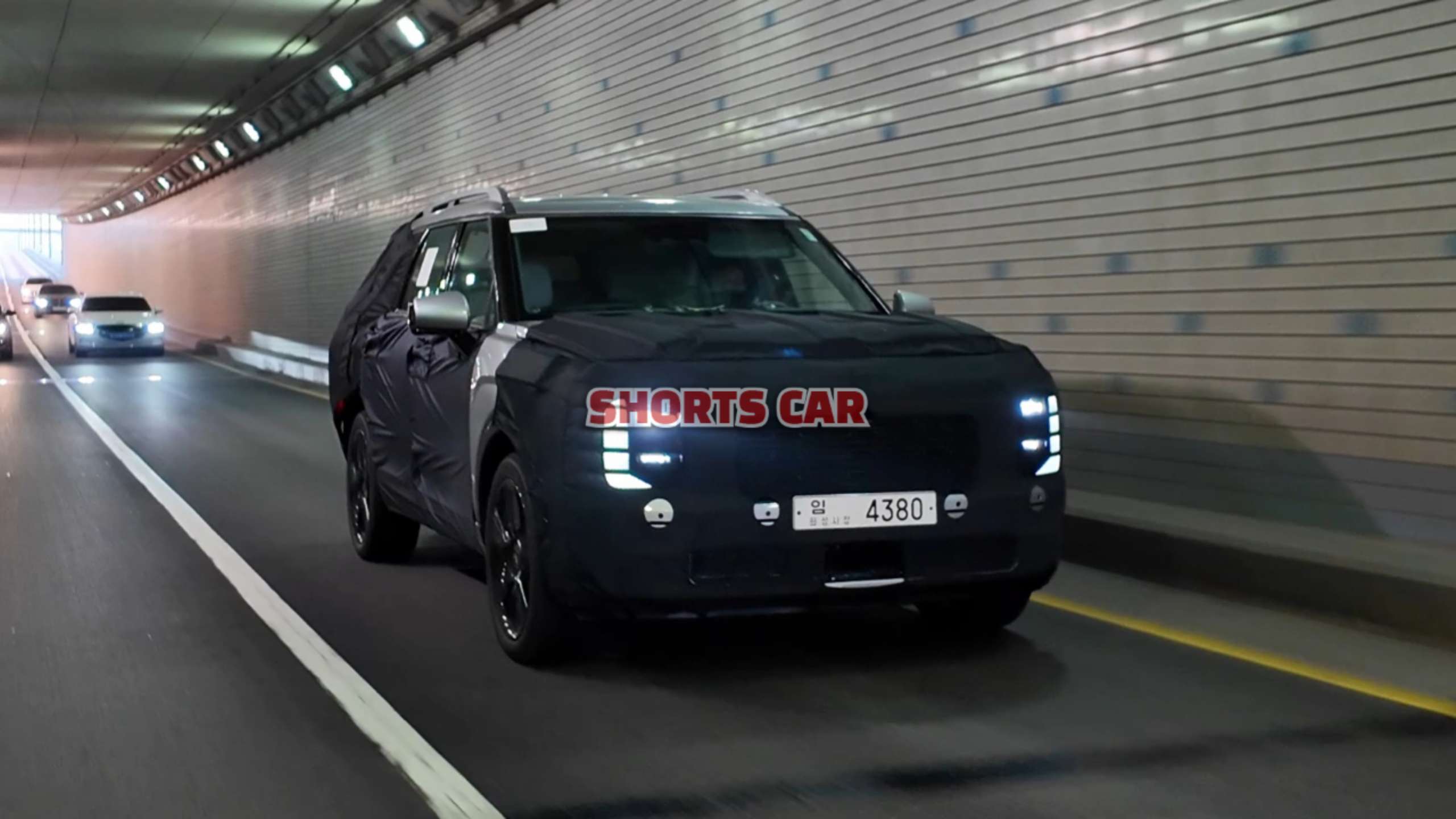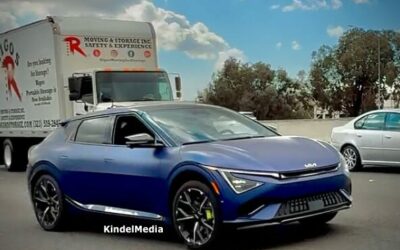Hyundai Motor is set to begin mass production of its new Palisade SUV as soon as December 2024, accelerating the timeline by its original plan. This strategic shift aims to address the growing demand for hybrid vehicles, increasing the production target by more than 30% to 210,000 units.
Expedited Production Schedule
Industry reports indicate that Hyundai has moved the mass production start date for the new Palisade Development Project (LX3) from January 2025 to December of this year. This acceleration involves rescheduling all pre-prototype model development for this year by one month. The company plans to roll out European sales in the first half of next year and North American sales in the second half.
Rising Demand for Hybrid Vehicles
Hyundai’s decision to rush the new Palisade into production is driven by the increasing demand for hybrid electric vehicles (HEVs), even as domestic car sales have been sluggish this year. From January to April, new domestic hybrid car registrations reached 129,201 units, marking a 40.8% increase compared to the same period last year.

Innovative Hybrid System
The new Palisade will be the first in the Hyundai Motor Group to feature a next-generation 2.5 litre hybrid system. This system is developed specifically for medium and large vehicles, replacing the existing diesel engine to comply with stricter emissions regulations. The hybrid system includes the Theta 3 2.5 liter turbo gasoline engine paired with a dedicated 6-speed automatic transmission, which boasts a larger motor and battery than the existing 1.6 liter hybrid model. This configuration significantly enhances power and fuel efficiency. The gasoline model will feature a Lambda 3 3.5 liter GDI engine for North American exports and a Theta 3 2.5 liter turbo engine for domestic use.
Increased Production Targets
Hyundai has increased its new Palisade production targets to meet the rising demand for hybrid cars and to optimize the impact of new models. Last year, Hyundai’s Ulsan 2nd, 4th, and 5th plants produced 160,000 Palisades. Starting next year, the target is set at 210,000 units annually, reflecting a more than 30% increase from last year. Of the total production, 70,000 units will be gasoline models, while 140,000 units will be hybrids, doubling the hybrid output due to high consumer preference.
Productivity and Features Enhancements
In addition to updating the powertrain, Hyundai is enhancing the new Palisade’s productivity by introducing a 9-seater model, in addition to the existing 7- and 8-seater options. The 9-seater model, classified as a van, allows for expressway bus lane usage when carrying more than six people. Furthermore, Hyundai is integrating its latest infotainment system, ccNC, and the next-generation highway partial autonomous driving system, HDP, to significantly boost the overall product appeal.
Conclusion
Hyundai Motor Company’s proactive approach in accelerating the production of the new Palisade underscores its commitment to meeting the increasing demand for hybrid vehicles. By introducing innovative hybrid technology and enhancing vehicle features and productivity, Hyundai is poised to strengthen its position in the competitive SUV market and cater to the evolving preferences of consumers.






